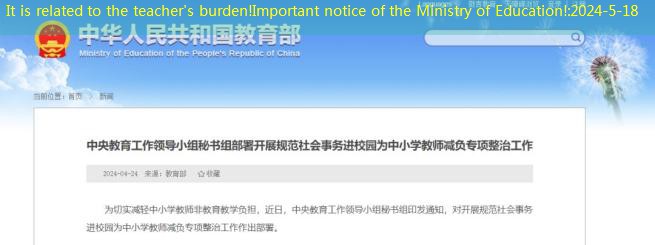Introduction:
In June 1992, the world witnessed a groundbreaking event that would set the stage for global conservation efforts and environmental diplomacy for decades to come. The United Nations Conference on Environment and Development, also known as the Earth Summit, took place in Rio de Janeiro, Brazil. This historic gathering brought together heads of state, environmental experts, and grassroots organizations from around the world to address pressing issues such as climate change, biodiversity loss, and sustainable development. The event marked a turning point in global consciousness, as nations and individuals recognized the urgent need for collective action to preserve our planet for future generations.
Main Body:

This landmark event, organized by the United Nations, aimed to forge commitments and strategies to tackle pressing environmental challenges. With over 178 countries participating, the Earth Summit became the largest-ever gathering of global leaders. The summit’s overarching theme was sustainable development, focusing on finding ways to integrate economic growth with ecological protection and social progress.
The Rio Earth Summit resulted in the adoption of several pivotal agreements, including the Convention on Biological Diversity and the United Nations Framework Convention on Climate Change. The Convention on Biological Diversity emphasized the need to conserve and sustainably use the Earth’s biodiversity, recognizing its crucial role in supporting ecosystems and human well-being. The United Nations Framework Convention on Climate Change paved the way for international cooperation in addressing climate change through voluntary emissions reductions, scientific research, and financial assistance to developing nations.
A vital element of the Rio Earth Summit was the active participation of non-governmental organizations (NGOs) and grassroots movements. These groups played a critical role in raising public awareness about environmental issues and advocating for more ambitious goals and actions. Public demonstrations and parallel events, known as the Global Forum, created a platform for civil society organizations to voice their concerns and contribute alternative perspectives to the official negotiations.
The Rio Earth Summit also brought forth the concept of “Agenda 21,” a comprehensive action plan for sustainable development that encapsulated the collective commitment to address social, economic, and environmental challenges. This blueprint for the 21st century laid down principles and methods for sustainable development at local, national, and international levels, encompassing various sectors such as energy, water, agriculture, and urban planning.
Overall, the 1992 Earth Summit in Rio de Janeiro marked a critical milestone in global environmental governance. It fostered international cooperation and consensus-building, emphasizing the need for collective action to address pressing environmental challenges. The event sparked a wave of awareness that paved the way for subsequent environmental conferences, initiatives, and agreements, making it an indelible part of history in the fight for global sustainability.












